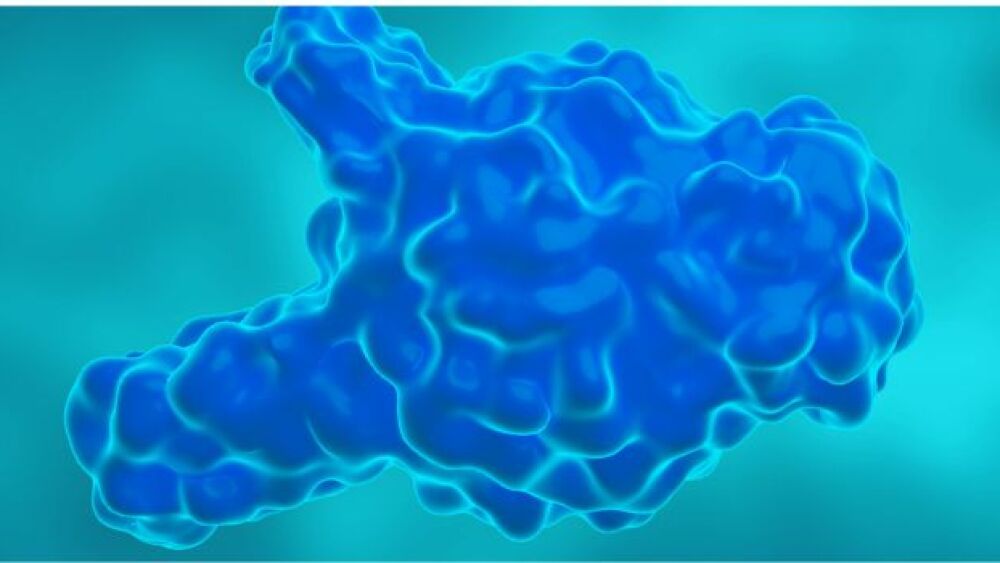Fremont, CA – Jun 3, 2010
Rhodamine 110 (Rh110)-labeled peptides are used in the study of a number of protease activity, such as cysteine aspartate-specific proteases and serine proteases.1-2 Rhodamine 110 (Figure 1) contains two amino groups available for conjugation to the C-terminal end of a peptide or amino acid. Protease cleavage of the non-fluorescent bis-substituted rhodamine 110 peptide derivatives result in monosubstituted rhodamine 110 and free rhodamine 110, both of which are fluorescent.1 Fluorescence intensity can therefore be correlated to protease activity.
Rhodamine110 conjugated to charged amino acids are generally cell permeable. As a results, these substrates can be used in intact cells for applications such as flow cytometry.2 Rhodamine labeled peptides affords significant advantages over AFC or AMC labeled peptides in that Rh110 emits in the green range (Ex/Em=501/527nm), while AMC (Ex/Em=340/440 nm) and AFC (Ex/Em=370/500 nm) emits in the blue range. Autofluorescence interference from cellular components is minimal, making the substrates more sensitive. Rhodamine 110-peptide conjugates are also not pH dependent.1
References:
1. Rothe, G. et al. Biol. Chem. Hoppe-Seyler 373, 547 (1992).
2. Hug, H. et al. Biochem. 38, 13906 (1999).
About AnaSpec
AnaSpec is a leading provider of integrated proteomics solutions to the world’s largest biotech, pharmaceutical, and academic research institutions. With a vision for innovation through synergy, AnaSpec focuses on three core technologies: peptides, detection reagents, and antibodies.
AnaSpec recently joined forces with Eurogentec to provide an even broader spectrum of products and services to serve the worldwide life science community.
For more information visit www.anaspec.com




